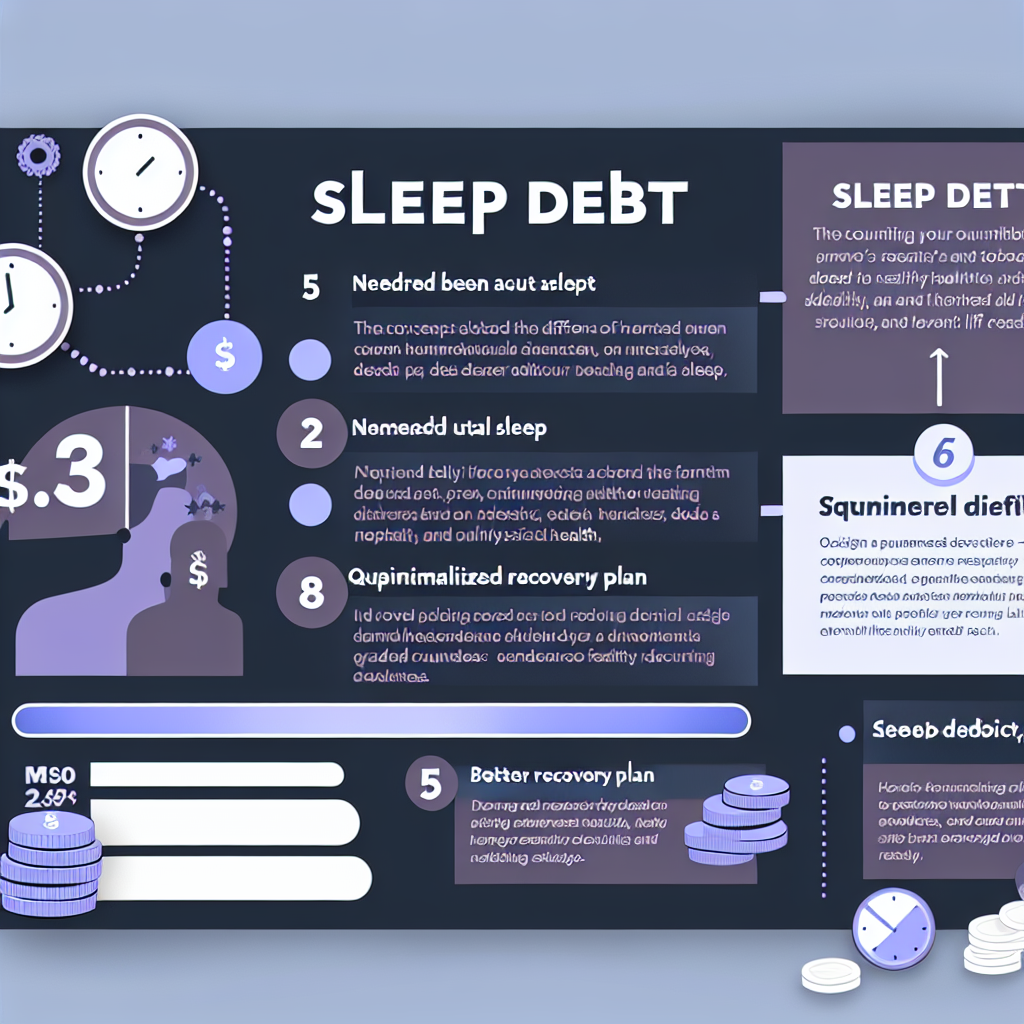Sleep Debt Calculator – Personalized Recovery Plan
Introduction: Understanding the Impact of Sleep Debt
Sleep is not a luxury—it’s a biological necessity. Yet in today’s high-demand world, millions of people across all age groups are quietly accumulating sleep debt. Much like financial debt, sleep debt builds up when the hours of restful sleep your body needs aren’t met consistently.
For example, if you require 8 hours per night but only get 6, you build a sleep deficit of 2 hours nightly. In a week, that’s 14 hours of lost rest. Over time, this ongoing sleep loss can disrupt memory, metabolism, immune function, mood regulation, and cardiovascular health.
The reality is, missing sleep isn’t always immediately obvious—people often try to “catch up” on the weekend. However, science confirms that recovery from chronic sleep loss isn’t as simple as sleeping in. Instead, it requires a gradual, tailored approach based on your lifestyle and biological needs.
That’s where a sleep debt calculator and personalized sleep recovery plan come into play. These tools empower users to track how much sleep they’re missing and implement evidence-based strategies to regain their energy, health, and long-term sleep rhythm.
This guide explores the science behind sleep debt, introduces calculation tools, and offers practical steps to help you recover and thrive—regardless of age or occupation.
Features and Scientific Foundations of Sleep Debt and Recovery
Health experts universally agree: consistent, high-quality sleep supports virtually every biological system. A foundational study by the University of Pennsylvania School of Medicine found that just 6 hours of sleep per night over two weeks impaired cognitive performance as severely as 48 hours of complete sleep deprivation.
Alarmingly, participants were often unaware of their own decline, suggesting that we adapt to chronic sleep deprivation without recognizing its detriments. This “silent productivity loss” can jeopardize career performance, school success, and even daily safety.
The Centers for Disease Control and Prevention (CDC) warns that insufficient sleep raises the risk of obesity, Type 2 diabetes, depression, cardiovascular disease, and weakened immunity. For children and teens, poor sleep is linked to declining academic performance, difficulty with focus, poor emotional regulation, and increased behavioral challenges.
So, the pressing question remains: Can you catch up on lost sleep?
Emerging research says yes—but with a caveat. A 2019 study in Current Biology found that sleeping more on weekends can partially reverse short-term damage. However, irregular patterns (like weekday deprivation followed by weekend binge-sleeping) don’t completely fix sleep debt. Instead, steady and consistent efforts toward better sleep habits lead to meaningful recovery.
That’s where a sleep debt calculator becomes essential. It allows you to input your average hours of sleep versus what your body really needs to determine your cumulative deficit. This data-driven approach is the first step toward regaining control.
What Is a Sleep Debt Calculator?
A sleep debt calculator is an easy-to-use tool that helps quantify missed hours of sleep over a period. You input two major factors:
– How much sleep you typically get per night.
– Your ideal sleep requirement (based on age, lifestyle, and health).
By comparing these inputs, the calculator shows you the total hours of debt you’ve accumulated, often highlighting trends across a week or month.
This empowers you to understand the depth of your sleep loss—transforming vague fatigue into actionable insight.
What Does a Personalized Sleep Recovery Plan Include?
Once you understand your debt, the next step is recovery. A personalized sleep recovery plan tailors strategies around your routine and needs. This includes:
– Adjusting bedtimes in realistic increments (15–30 minutes earlier).
– Improving your sleep environment: blackout curtains, white noise, comfortable bedding.
– Implementing a digital curfew: avoiding screens 60 minutes before sleep.
– Using melatonin management or natural light exposure to reinforce your circadian rhythm.
– Practicing relaxation techniques: meditation, breathing exercises, progressive muscle relaxation.
– Keeping a sleep diary: tracking bedtime, wake time, energy levels, and habits.
– Creating consistency—even on weekends—to reinforce quality sleep patterns over time.
For children and teens, the recovery plan also emphasizes routines such as regular nap times (if applicable), reduced screen exposure before bed, and parental modeling of good sleep behavior.
Adults dealing with work stress, shift changes, or travel may benefit from customized solutions such as light therapy boxes, calming audio tools, or cognitive behavioral therapy for insomnia (CBT-I).
Most importantly, sleep debt recovery is gradual. According to the National Sleep Foundation:
– Adults need 7–9 hours
– Teenagers: 8–10 hours
– Children: 9–12 hours
If you’re consistently under these thresholds, recovery involves adding manageable amounts of sleep—night by night—rather than trying to make it all up at once.
Conclusion: Taking Back Control of Your Sleep Health
Sleep debt is a silent health saboteur, gradually undermining your mood, metabolism, energy, and focus without easy detection. But it doesn’t have to remain unchecked.
By using a sleep debt calculator, you bring awareness to your rest habits. From there, a personalized recovery plan rooted in science can help rebuild not just your sleep, but your entire well-being.
Rebalancing your sleep doesn’t require radical overnight change—it’s a slow, sustainable shift toward more restorative rest. Whether you’re a student pulling all-nighters, an overworked professional, or a parent in survival mode, the path to health and focus starts with honoring your body’s need to sleep.
Take the first step today. Every extra hour you reclaim is an investment in a healthier, sharper, and more energetic future.
Concise Summary
Sleep debt—the gap between needed and actual sleep—carries serious health risks including fatigue, illness, poor memory, and mood instability. A sleep debt calculator helps quantify lost sleep over days or weeks, acting as the first step in recovery. Personalized sleep recovery plans use data to guide daily, science-based actions for improved rest such as adjusting bedtime, refining sleep environments, and practicing relaxation techniques. Unlike weekend crash-sleeping, consistent, gradual improvements help erase sleep debt effectively. Whether you’re a busy student or a burned-out professional, reclaiming quality sleep is essential to long-term health, productivity, and emotional stability.
References
– Van Dongen, H.P.A., Maislin, G., Mullington, J.M., & Dinges, D.F. (2003). The cumulative cost of additional wakefulness: dose–response effects on neurobehavioral functions and sleep physiology. Sleep, 26(2), 117-126.
– Centers for Disease Control and Prevention (CDC). (2017). Sleep and Chronic Disease.
– Depner, C.M., Stothard, E.R., & Wright, K.P. Jr. (2019). Metabolic consequences of sleep and circadian disorders. Current Biology, 29(18), R1107–R1116.
– National Sleep Foundation. How Much Sleep Do We Really Need?

Dominic E. is a passionate filmmaker navigating the exciting intersection of art and science. By day, he delves into the complexities of the human body as a full-time medical writer, meticulously translating intricate medical concepts into accessible and engaging narratives. By night, he explores the boundless realm of cinematic storytelling, crafting narratives that evoke emotion and challenge perspectives.
Film Student and Full-time Medical Writer for ContentVendor.com



